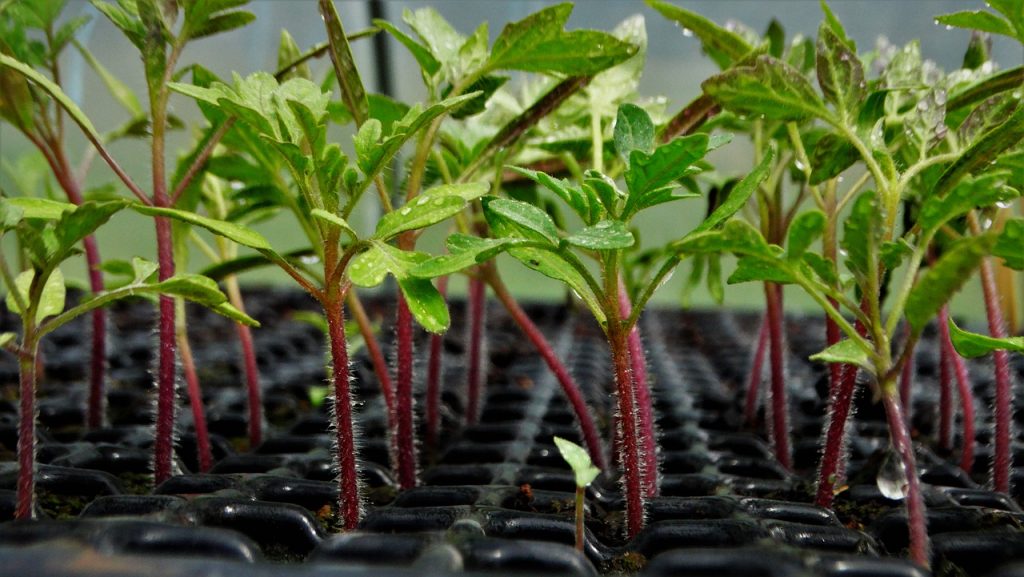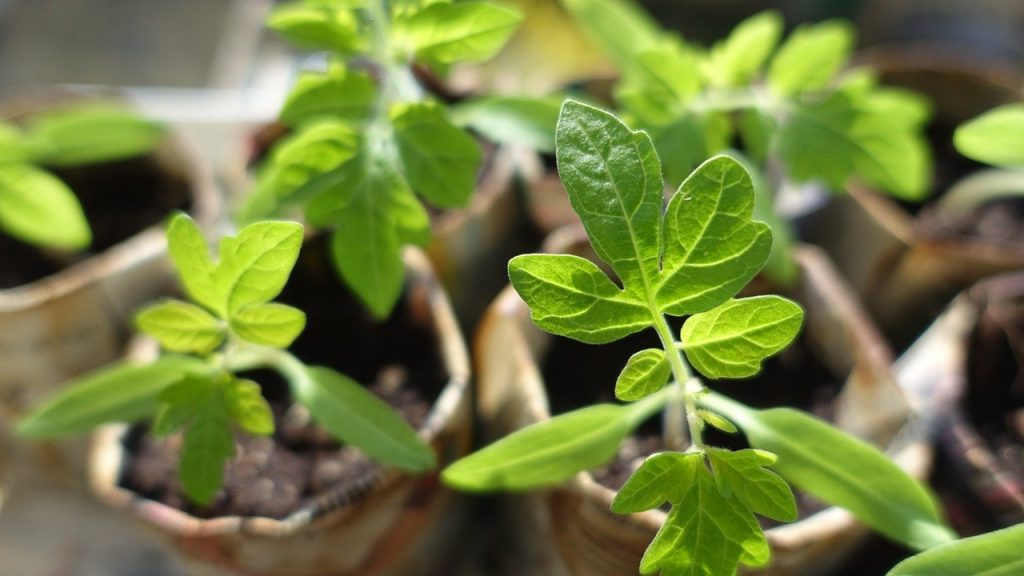Eating homegrown tomatoes straight from the bush is fun not only for kids. Tomatoes grown by yourself are juicy and healthy. Once you create a mini vegetable garden on the balcony, windowsill or in the garden, it will be hard to imagine the next spring without the charm of taking care of your seedlings. What should we know about tomato quilting to avoid mistakes?
Tomato seeds are not the smallest, but as the vegetable grows, you will find that the young seedlings grow very close together. Quilting is the act of planting out the seedlings into separate propagation pots in order to ensure the comfort of the plant as it continues to grow. Quilting ensures that the plant will have the right conditions for growth and after some time will be ready to harvest. During quilting the seedlings turn into larger seedlings. If you have too many, it is a good idea to make a selection that will eliminate the weaker and smaller seedlings. Don’t just go by the size of the seedling. The number of leaves is more important for the future growth of tomatoes than the size of the seedling

You shouldn’t start this process too early because you may find that the seedlings are too small, too weak and won’t take to the new location. It is advisable to wait about 3 weeks after germination. Then the seedlings should already have 4 leaves, including the top leaves that will feed the first fruit.

You can use regular garden soil, but special soil may be a better choice. Finer textured sowing and quilting soil is richer in ingredients that nourish the plant. The ideal level of moisture and air is something that young tomato seedlings need and that special soil will easily provide.
The least complicated pots turn out to be the best. A tomato quilting pot should be plastic with bottom holes to maintain proper moisture levels. Alternatively, you can use seedpods, which are trays or pallets created from a large number of pots connected together, or eco-friendly cellulose/peat pots, or even toilet paper rolls! The advantage of this solution is that when transplanting into the ground in the garden or a large pot on the balcony, you can put the seedling together with the biodegradable container. A solution that is good for the environment and for the plant, which will acquire additional fertilizer
>> See also: Vegetable garden. When to start and how to plan?
A lot of delicacy and caution is advisable here. For quilting you can use a quilting spatula or a stick to gently pull the seedling out of the ground and separate the root ball. To make sure the plant doesn’t stay out of the soil for too long, prepare your chosen pots for quilting. Fill with soil and moisten gently. Make a hole to place the seedling deeper than it has already grown. We recommend planting about 2 cm from the cotyledon and watering the seedling immediately after transplanting
The optimal temperature for seedlings is 18-25 degrees Celsius. When watering, remember not to wet the leaves. Tomatoes can be watered both from the top and from the bottom. It is also advisable to fertilize the plant regularly.